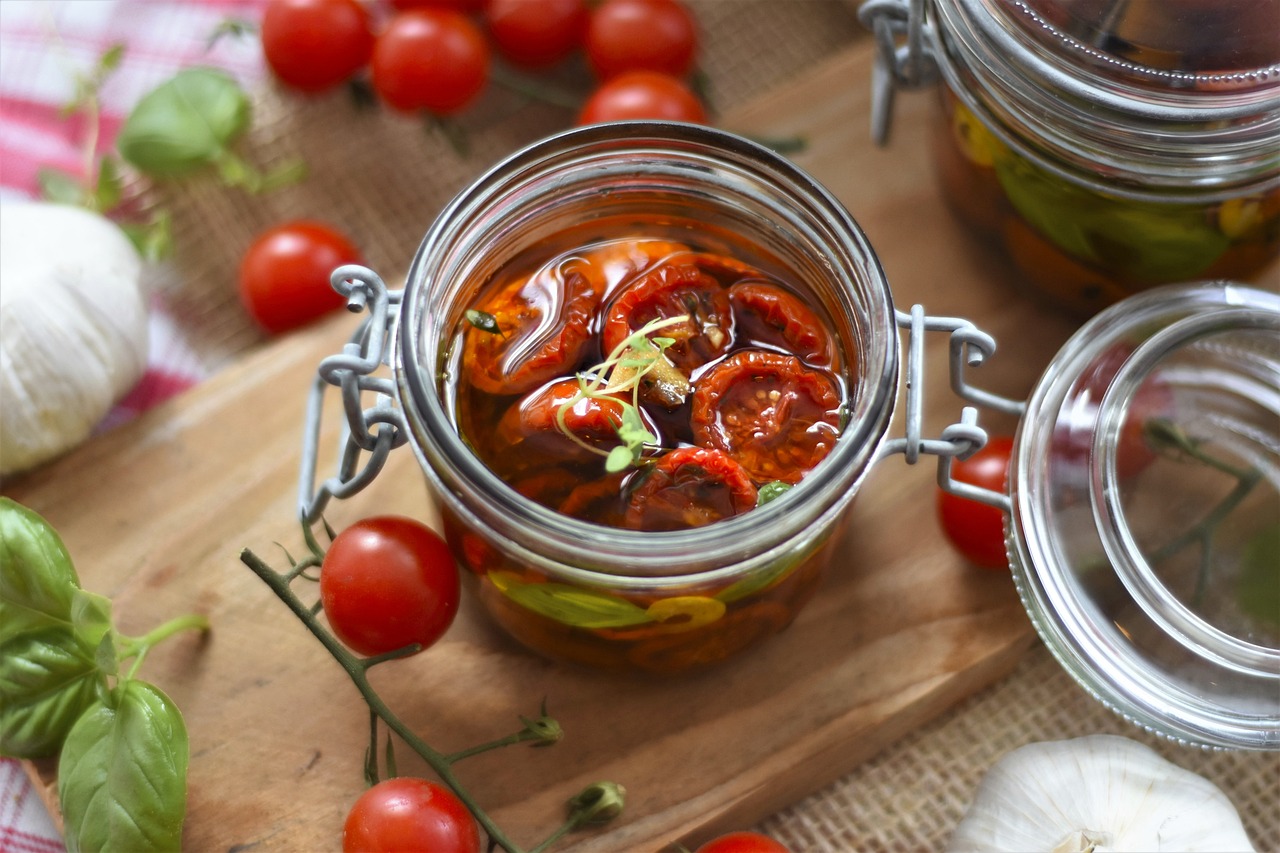How to Keep Broccoli Fresh Longer

Broccoli is highly rated as one of the amazing wonder foods; it is loaded with phytonutrients which help to boost your body’s immune power. Numerous studies have shown it to build up bone density, help prevent heart disease and cataracts, cleanse and detoxify cells, help prevent cancer and strengthen the immune system. In order to reap the full benefits of this delicious and healthy food it is important that you understand how to keep broccoli fresh. First let’s look at some of the benefits of eating more vegetables, especially those rich in fiber, vitamins A + C, calcium, potassium and beta carotene. Fiber aids digestion and gives a feeling of fullness when eating, vitamin A helps maintain good vision and helps to keep your immune system healthy, potassium helps to keep muscle function up, folate helps to prevents birth defects, calcium helps prevent bone loss, iron helps prevent anemia and vitamin C helps the body to absorb iron and helps boost the immune system. Keep this healthy vegetable at its peak by following these simple tricks.
To keep broccoli at its freshest, store it in a plastic bag in the refrigerator. Broccoli can also be frozen, first peel the leaves off the stalk and then blanch the broccoli in steam for approximately 5 minutes. Allow it to cool, and then place it in a sealed plastic bag. Broccoli can be stored in the freezer for up to 10 months. Broccoli doesn’t store very well after it’s cooked, it will probably break apart when it is reheated. If you do want to store cooked broccoli anyway, steam it until tender and store in a plastic bag.
Another way of storing broccoli is to cut off an inch or so from the ends of the stalks, rinse the bunch in cold water and put it upright in a cold water filled bowl, just like flowers in a vase. Cover the bowl with a plastic bag and refrigerate it.
Broccoli should be refrigerated within 30 minutes of its purchase if at all possible, and should be stored unwashed (dry it if it is wet from the store) in a sealed plastic bag with holes poked with a fork to allow the air to circulate. Some people wrap it in newspaper before they refrigerate it, however this does not seem to be a very effective method.
The Author:
Mark Gold has more than 27 years of experience in the Food and Beverage Industry.
Photo.
Source: Ab








